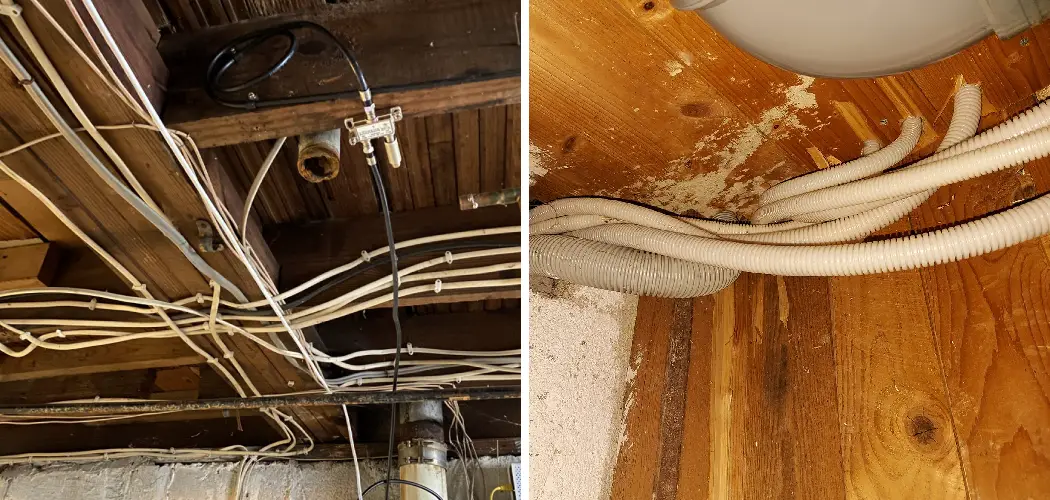Running a cable from a basement to the first floor can be daunting, but it doesn’t have to be. In fact, with the right tools and know-how, it can be a relatively easy task that you can complete on your own. Whether you’re looking to install a home theater system or connect your office to the internet, running a cable from the basement to the first floor is simple.
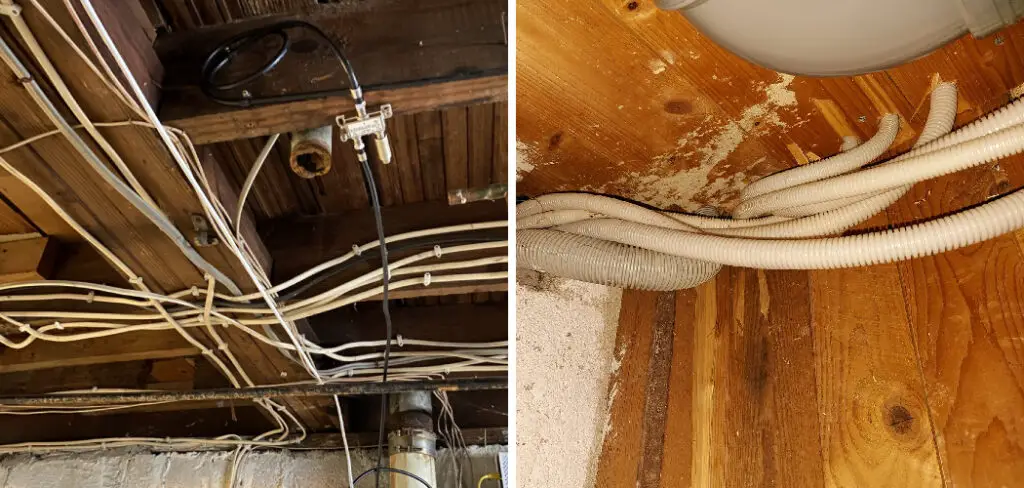
This guide breaks down the steps and equipment you’ll need. So keep reading to learn more about how to run cable from basement to first floor.
Can You Run a Cable from The Basement to The First Floor?
Have you ever found yourself in a situation where the Wi-Fi signal just won’t reach certain parts of your home? It can be frustrating when you’re trying to work or stream a movie, and the connection keeps dropping out. One solution that many people turn to is running a cable from the basement to the first floor. But is it possible?
The answer is yes, it is possible, but it might not be the easiest task. You’ll need to plan out your route, decide on the type of cable you want to use, and potentially drill holes and run the cable through walls. However, once you’ve installed the cable, you’ll enjoy a strong and reliable internet connection throughout your home. So, if you’re up for a challenge and willing to put in the effort, running a cable from the basement to the first floor could be the solution to all your internet woes.
What Equipment Do You Need?
Before you get started, here’s a list of the equipment you’ll need to run a cable from the basement to the first floor.
- Drill
- Fish Tape
- Cable (Cat5e or higher)
- Wall Jacks and Plates
- Wire Strippers
- Electrical Tape
- Coaxial Splitters
Once you have all the necessary tools, you’re ready to start running your cable from the basement to the first floor.
How to Run Cable from Basement to First Floor: A Step-by-Step Guide
Step 1: Plan Your Route
Before you begin running cable, it’s important to plan your route. Determine where you want to run the cable and take into account any obstacles that may impede your path. These obstacles can include pipes, ductwork, and electrical wires. Be sure to take measurements and mark the route with painter’s tape to ensure accuracy.
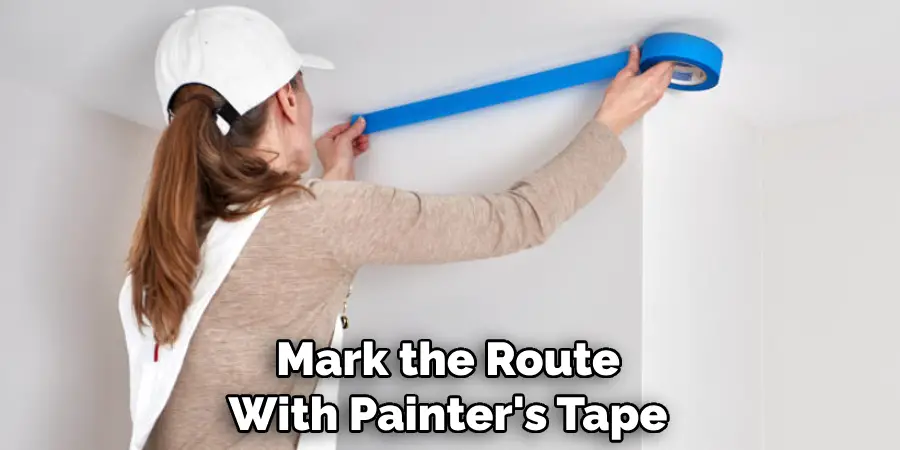
Step 2: Gather Tools and Equipment
Now that you have a plan, it’s time to gather the necessary tools and equipment. You’ll need a drill, drill bits, a cable fish, cable ties, and a spool of cable. The fish will help you guide your cable through the walls and ceilings, and the ties will help you secure the cable in place.
Step 3: Drill Your Holes
Once you have your route planned and tools gathered, it’s time to use the drill to drill your holes. Begin by drilling a hole in the basement ceiling, and then drill a hole in the first-floor ceiling corresponding to your basement hole. Be sure to take your time and double-check your measurements to avoid any mistakes.
Step 4: Run Your Cable
Now that your holes are drilled, it’s time to run your cable. Start by attaching the cable to the fish, and then guide the fish through the basement hole and up to the first-floor hole. Once the fish is in place, detach the cable from the fish and secure it to the wall or ceiling using cable ties. Repeat this process for any additional cables you need to run.
Step 5: Test Your Connection
Once your cables are in place, it’s time to test your connection. Turn on your device and ensure that it’s receiving a strong signal. If you’re experiencing any connectivity issues, double-check your connections and make any necessary adjustments.
Step 6: Install Wall Plates
Once you’ve securely connected your cables and tested the connection, it’s time to install wall plates. Wall plates are designed to cover and protect your cables from damage. They come in a variety of styles and colors, so make sure to choose one that matches the décor of your home.
Step 7: Seal the Holes
After you’ve installed the wall plates, it’s time to seal your holes. Fill any gaps or cracks with caulking, and then use drywall compound and a putty knife to even out the surface. Once the drywall compound is dry, sand it down for a smooth finish. Your cable installation is now complete!
That’s it! You’ve now learned how to run cable from basement to first floor. Be sure to follow the proper safety precautions and double-check your work before powering on any devices. With a little patience and hard work, you’ll be able to get the most out of your home network in no time!
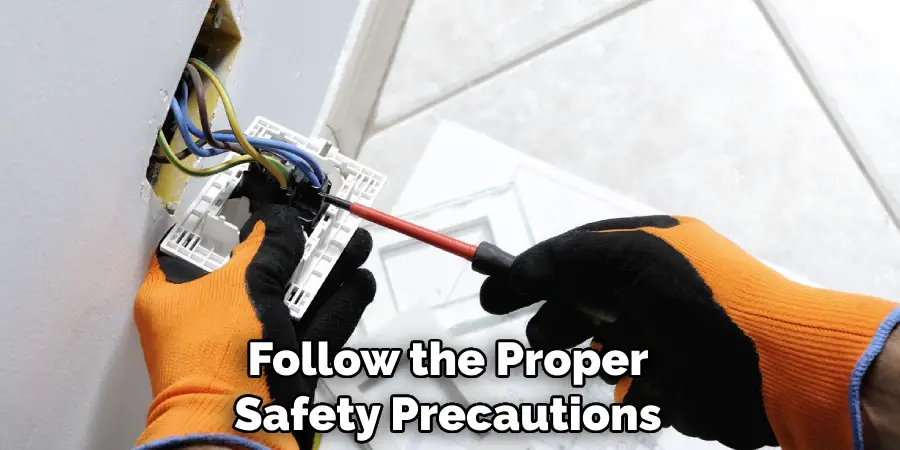
5 Things You Need to Know Before Run Cable from Basement to First Floor
1. You must first know what cable you will need. There are two main types of cable: coaxial and twisted pair. Coaxial cable is the type of cable that is typically used for TV and internet service. Twisted pair cable is the type of cable that is typically used for phone service.
2. The second thing you need to know is the cable you need. The size of the cable is determined by the number of wires that it contains. The most common sizes are 2-wire, 4-wire, and 6-wire.
3. The third thing you need to know is what type of connectors you will need. There are two main types of connectors: F-type and BNC. F-type connectors are typically used for TV and internet service, while BNC connectors are typically used for phone service.
4. The fourth thing you need to know is how to run the cable from the basement to the first floor. There are a few different ways to do this, but the easiest way is to use a conduit. A conduit is a tube that can be used to protect and route cables.
5. The fifth thing you need to know is how to connect the cable to the devices on the first floor. This can be done using a variety of methods, but the simplest way is to use a splitter. A splitter allows you to connect multiple devices to one cable line.
Benefits of Run Cable from Basement to First Floor
Are you tired of slow internet speeds and unreliable connections? A simple solution may be to run a cable from your basement to your first floor. Not only will this provide a more stable connection, but it also allows for greater flexibility in where you can place your router or modem.
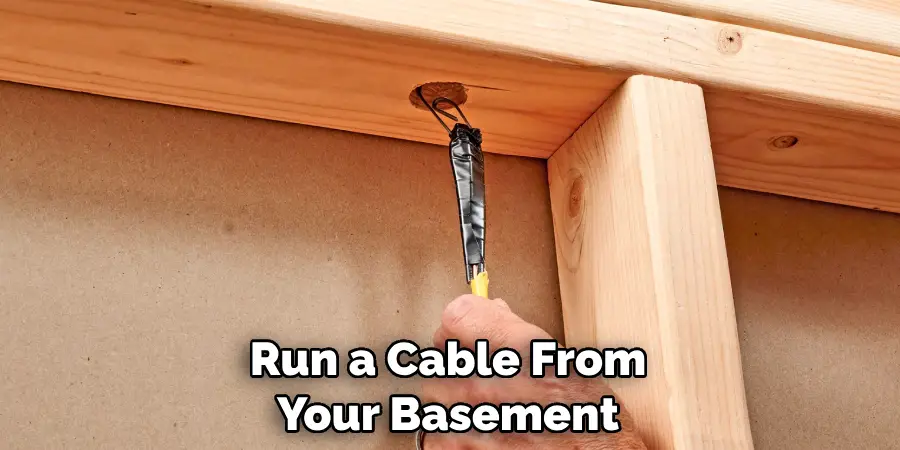
Plus, running cable underground can eliminate the need for unsightly wires running across your floors or walls. Whether you use the internet for work or entertainment, investing in a run cable can greatly improve your online experience and make your home a more efficient space.
Some Common Mistakes People Make When Trying to Run Cable from Basement to First Floor
Running a cable from the basement to the first floor can be daunting, especially for those unfamiliar with the process. However, even seasoned professionals can make mistakes that can lead to frustration and even damage to the property. One common mistake is not measuring the distance between the two floors accurately. This can result in running out of cable before the job is finished, which can be a major inconvenience.
Another mistake is underestimating the thickness of the walls, which can make it difficult to pass the cable through. Having the right tools and equipment is crucial to ensure a successful cable run. With proper planning and attention to detail, running a cable from the basement to the first floor can be a manageable task.
Is Running Cables Through Walls Safe and Legal?
Running cables through walls is a common way to connect devices in buildings, but many people wonder if it is safe and legal. The truth is, while it can be safe and legal, there are important factors to consider. It is important to ensure that the cables are installed correctly and that they are not a fire hazard.
Additionally, before making any changes to your building’s wiring, it is important to check local building codes and regulations. By following proper installation procedures and staying up-to-date with local regulations, running cables through walls can be a safe and effective way to connect devices in buildings.
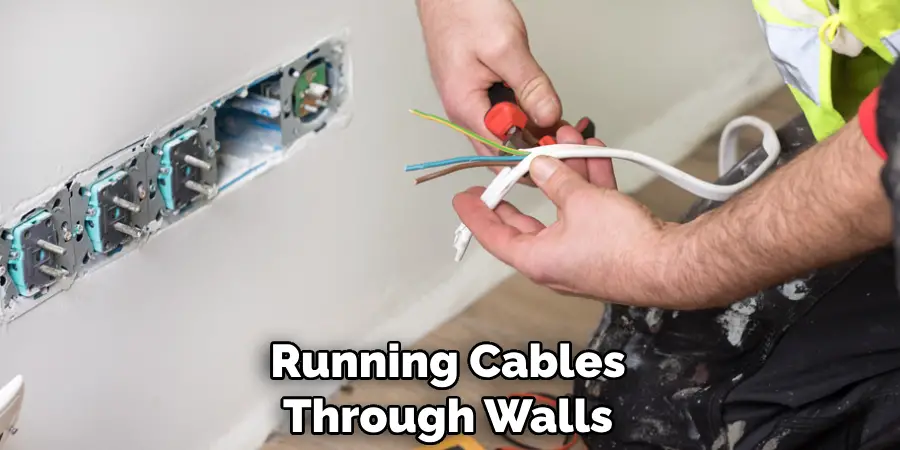
Conclusion
Running a cable from the basement to the first floor can be simple with the right tools, planning, and know-how. Following the steps outlined in this guide, you can easily install a home theater system, connect your office to the internet, or complete any other task requiring running cable.
Remember to take your time, double-check your measurements, and test your connections to ensure that everything is working properly. With a little patience and effort, your cables will run smoothly in no time. Thanks for reading our post about how to run cable from basement to first floor.

